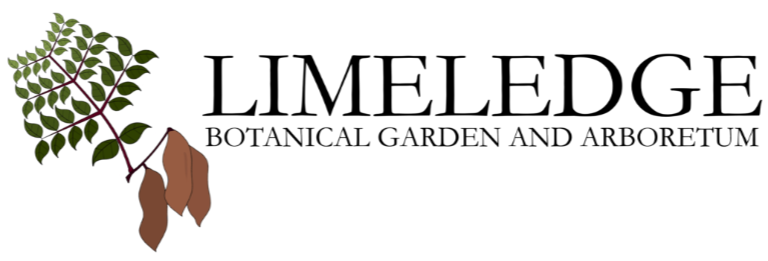Table of Contents
What’s in a name?
The Tree TSAR is a searchable database focusing on woody plants for beginners, students, and professionals seeking to gain familiarity with the groups herein. Advances in fields such as molecular genetics have vastly improved our understanding of how plants are related, and this has resulted in name changes for many species. If the valid name for a species is determined to be something different from the name in common use, this can cause confusion. Even “official” sources such as textbooks, the International Plant Name Index (IPNI), Flora of North America, and organizations such as the USDA may find themselves in disagreement as they work to adopt the changes. In addition, some names remain hotly contested sources of debate.
To address these issues, the Tree TSAR utilizes the most recent scientific work reviewed by a biologist and woody plant expert to provide the most accurate and current names, as well as overviews that are accessible to both beginners and specialists in the field.
Using the Tree TSAR
The database is organized into a hierarchy that reflects the most recent updates in plant taxonomy and systematics. Families are presented using the most recent information from the primary literature and The Angiosperm Phylogeny Group. There are landing pages at the level of family, genus, and species; at the family level, this will include an overview and table of accepted genera. The landing page at genus level will provide more in-depth details on which species are most closely related, such as those that are grouped into subgenera, sections, subsections, or series. Each species page will include specific notes if there is something challenging about the treatment of the species, and information on taxa below the level of species if there are subspecies, varieties, or formae that are recognized. References will be provided in the proprietary Panax format, which is similar to that of the journal Ecology. By default, the Tree TSAR will display the taxonomic hierarchy for a taxon from the family level down, but there will be a button to toggle and display the entire hierarchy.
Updates and Suggestions
I welcome and encourage submission of corrections if errors are discovered, as well as the advice and input of specialists to further improve the treatment of these groups. Since new studies are constantly being performed and published, any information that will allow me to incorporate the most cutting-edge knowledge into the Tree TSAR treatments is greatly appreciated. Please feel free to reach out to me via the Contact tab on the left.
Caveats
The Tree TSAR is intended to be a helpful resource for students, professionals, and even specialists and researchers attempting to familiarize themselves with the groups of plants covered within. It is NOT an official, definitive, final determination; the mechanisms for “officially” accepting changes to names and nomenclature falls under the purview of the International Code of Botanical Nomenclature (ICBN) and its most recent iteration, the Shenzhen Protocol. As new discoveries are always being made and new data generated, the Tree TSAR will be a living, dynamic entity just like the biological entities it covers. Where controversies are present, I will provide background and my own personal overview, with references, on how I came to a decision on the way it is represented here. My use of common names are merely suggestions, and for species with no English common names, an attempt at a meaningful translation and/or name that captures something distinctive about the plant will be made.
Families Included
| Aextoxicaceae | Olivillo Family |
| Agdestidaceae | Rockroot Family |
| Alangiaceae | Alangium Family |
| Altingiaceae | Sweetgum Family |
| Amborellaceae | Amborella Family |
| Barbeuiaceae | Barbeuia Family |
| Berberidopsidaceae | Coral Vine Family |
| Betulaceae | Birch Family |
| Curtisiaceae | Assegai Family |
| Datiscaceae | False-hemp Family |
| Eucommiaceae | Eucommia Family |
| Fagaceae | Beech Family |
| Gelsemiacaeae | Jessamine Family |
| Juglandaceae | Walnut Family |
| Koeberliniaceae | Allthorn Family |
| Lophopyxidaceae | Lophopyxis Family |
| Physenaceae | Physena Family |
| Pinaceae | Pine Family |
| Quillajaceae | Soapbark Family |
| Sciadopityaceae | Umbrella-pine Family |
| Simmondsiaceae | Jojoba Family |
| Tovariaceae | Tovaria Family |
| Trochodendraceae | Wheel-tree Family |
| Viburnaceae | Viburnum Family |








